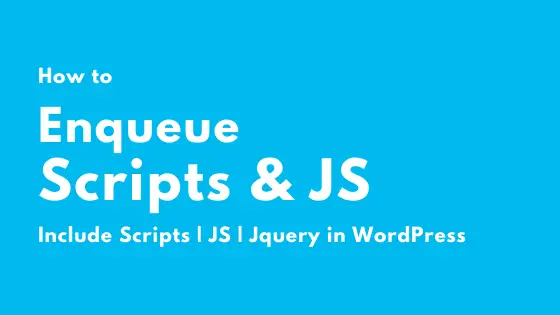
With Storefront, a child theme only requires a blank functions.php file and a style.css file to get up and running. Note: With Storefront, you do not need to enqueue any of the parent theme style files with PHP from the theme’s functions.php file or these into the child themes style.css file as the main parent Storefront theme does this for you. * - Theme customization starts here - */ In this example, we’ll use the Storefront theme, which is installed under wp-content/themes/storefront/. Next, we need to change the Template field to point to our installed WooTheme.
#Wp enqueue script child theme header.php footer.php code
Create a new file called style.css and put this code in it: /* Making the child theme ↑ Back to topįirst, we need to create a new stylesheet for our child theme. To get started, we need to prepare a child theme. More info at: Backing up WordPress content.

Make a backup ↑ Back to topīefore customizing a website, you should always ensure that you have a backup of your site in case anything goes wrong. Read this guide from the WordPress Codex.ĭownload a sample Storefront child theme to get started if you want to customize a website using Storefront as the theme.

There are two major reasons to use child themes: In short, a child theme is a layer that you put on top of the parent theme to make alterations without having to develop a new theme from scratch.

What is a child theme? ↑ Back to topīefore we start it’s important that you understand what a child theme is. If you are unfamiliar with code/templates and resolving potential conflicts, select a WooExpert or Developer for assistance. Note: We are unable to provide support for customizations under our Support Policy.


 0 kommentar(er)
0 kommentar(er)
